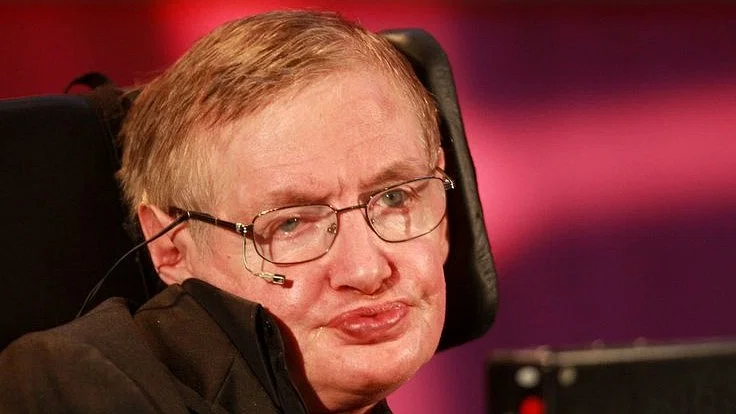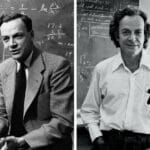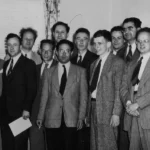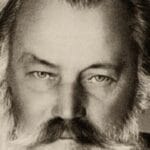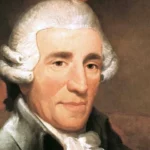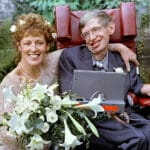Stephen Hawking’s Final Farewell: A Timeline of Events
Curious about the date and details of Stephen Hawking’s funeral? The renowned physicist’s farewell unfolded over time, beginning with a private cremation and culminating in two significant services.
The first, a tribute to his memory, occurred on March 31st, 2018—Easter Saturday of that year—at the historic Great St. Mary’s Church in Cambridge. This location held special significance, given Hawking’s long and influential tenure at the university. Family, friends, and fellow scientists gathered to honor his remarkable life and contributions through eulogies, musical performances, and readings. The church bell tolled 76 times, marking each year of Hawking’s life.
On June 15, 2018, a more intimate service took place at Westminster Abbey in London, where Hawking’s ashes were interred near the graves of scientific giants Sir Isaac Newton and Charles Darwin. This extraordinary honor speaks volumes about Hawking’s unparalleled legacy in science and his position as one of Britain’s most revered icons.
The services were not merely somber occasions of mourning. They became celebrations of Hawking’s indomitable spirit, his refusal to let physical limitations define him. The events drew crowds of notable figures and everyday people whose lives were touched by his genius and his passion for understanding the universe.
Stephen Hawking’s Final Words: Decoding His Final Thoughts on Life, Death, and the Universe
While no specifically recorded last words mark Stephen Hawking’s passing, his perspective on life and death—frequently shared in interviews and writings—provide profound insights.
Hawking was remarkably open about his atheism. He believed that when we die, consciousness simply ends. He often compared the human brain to a computer: when its components fail, it ceases to function. There’s no backup, no soul departing for a higher plane.
This perspective, however, wasn’t a source of gloom for Hawking. He found meaning in unraveling the universe’s mysteries and contributing to human knowledge. Diagnosed with ALS at 21, he lived with an awareness of his mortality, which likely shaped his outlook.
Hawking’s message continues to resonate: embrace curiosity, challenge limitations, and find meaning in our vast universe. His life and work serve as a potent reminder of the human mind’s enduring power—and responsibility—especially in a world increasingly driven by artificial intelligence.
Beyond Newton & Darwin: Stephen Hawking’s Final Resting Place
Stephen Hawking’s final resting place is as extraordinary as his life’s work. His ashes are interred in Westminster Abbey—London’s grand, history-laden church—amongst British monarchs and legendary figures.
Hawking’s grave resides in “Scientists’ Corner,” nestled between the tombs of Sir Isaac Newton, who revolutionized our understanding of gravity, and Charles Darwin, the father of evolutionary theory. This placement speaks volumes about Hawking’s impact on scientific thought.
His tombstone, placed in June 2018, bears an inscription of one of his most groundbreaking equations describing black holes—those enigmatic cosmic objects that even light cannot escape.
The choice of Westminster Abbey for Hawking’s burial is a profound honor, underscoring his significance not just as a brilliant physicist but as a global icon. The Abbey, with its towering architecture, feels like a fitting tribute to a man who spent his life exploring the cosmos.
Stephen Hawking’s Fortune: Unveiling the Physicist’s Million-Dollar Legacy
Stephen Hawking, the world-renowned physicist, left behind a legacy valued at approximately $20 million at the time of his death in 2018. While his groundbreaking work in physics is well-documented, his financial success reveals a savvy understanding of the business world.
His book “A Brief History of Time,” published in 1988, became a global phenomenon, selling over 10 million copies and translated into 40 languages. Estimates suggest earnings of up to $6 million for this book alone. Hawking authored numerous other popular science books that contributed to his wealth.
Beyond book sales, Hawking engaged in lucrative product endorsements, including a $2 million deal with an eyeglass store chain in 2004. His position as a Cambridge University professor came with an estimated annual salary exceeding $110,000. Awards, such as the $3 million Special Breakthrough Prize in Fundamental Physics in 2013, further bolstered his income.
Upon his death, Hawking’s estate, largely comprised of his earnings from book sales, endorsements, salary, and awards, was placed into a trust fund, the majority of which was distributed among his three children and three grandchildren.
While the exact details of his charitable giving remain private, sources suggest that Hawking included organizations like SOS Children’s Villages, a cause he passionately supported.
Stephen Hawking’s Take on the Afterlife: Did He Believe?
Stephen Hawking, a self-proclaimed atheist, was remarkably candid about his lack of belief in an afterlife.
“I regard the brain as a computer which will stop working when its components fail,” Hawking famously stated in an interview with The Guardian. “There is no heaven or afterlife for broken down computers; that is a fairy story for people afraid of the dark.”
This analogy, comparing the human brain to a machine, underscores Hawking’s perspective on death as a complete cessation of consciousness. He believed that upon death, there is no soul, no spiritual continuation, only the end of our physical being.
Despite facing his mortality with ALS, Hawking maintained that he did not fear death. He found solace and meaning not in the promise of an afterlife but in understanding the universe and our place within it. His lifelong pursuit of knowledge served as a powerful antidote to the fear of the unknown.
Hawking’s perspective challenges us to confront our own beliefs about life and death. While some may find comfort in the idea of an afterlife, Hawking’s view encourages us to find meaning in the here and now, to embrace curiosity, and to strive for a deeper understanding of the world around us.
- Immerse yourself in the fascinating life and legacy of Ronald Stegall, whose remarkable contributions have left an enduring mark on society.
- Explore the nostalgic world of William Shatner’s Toys of the ’80s, where beloved characters and iconic playsets evoke memories of a bygone era.
- Uncover the secrets of Babe Paley’s Diet, a legendary regimen that shaped the fashion and beauty standards of her time.
- Delve into the extraordinary wealth and success of Dionne Warwick’s Net Worth, a testament to her enduring talent and global impact.
- Discover the story behind The Most Expensive Ken Griffey Jr. Baseball Card, a coveted collectible that reflects the enduring legacy of one of baseball’s greatest players.
- Attend the stirring graduation ceremony with The Meaning of Pomp and Circumstance, a majestic anthem that captures the pride and accomplishment of this momentous occasion.
- Relive the energetic era of 80’s Jane Fonda, where iconic fitness routines and vibrant leotards inspired a generation to embrace health and well-being.
- Unveiling Bernhard Caesar Einstein’s Scientific Achievements: A Legacy in Engineering - July 15, 2025
- Uncover who is Jerry McSorley: CEO, Family Man, Business Success Story - July 15, 2025
- Discover Bernhard Caesar Einstein’s Scientific Contributions: Unveiling a Legacy Beyond Einstein - July 15, 2025
